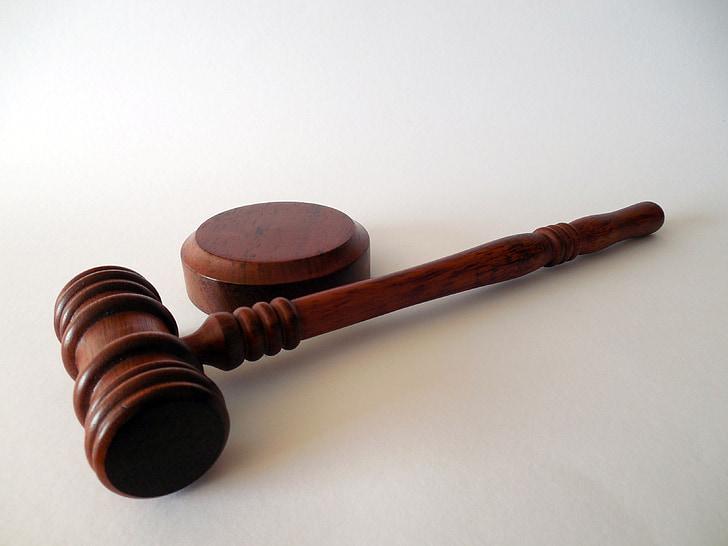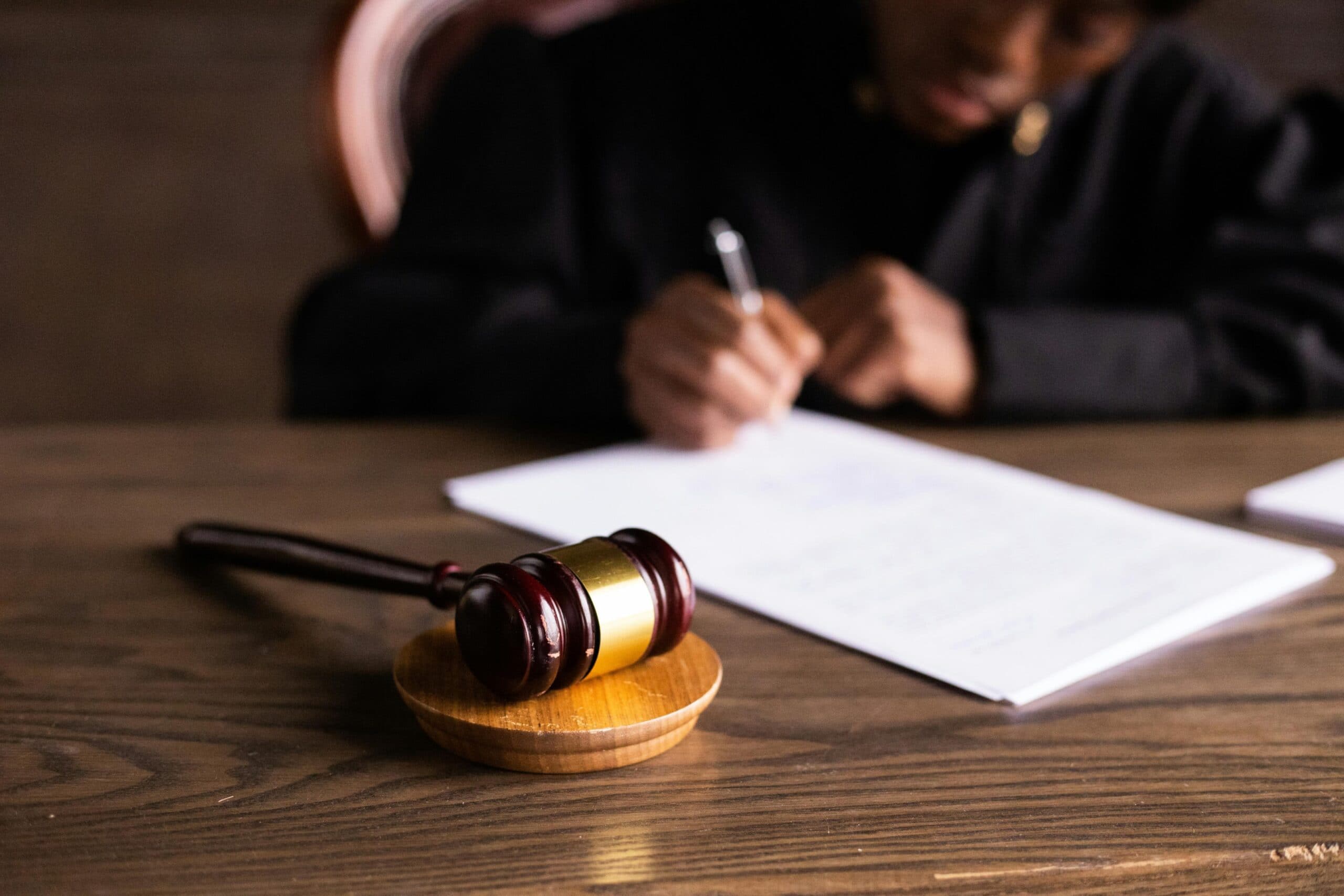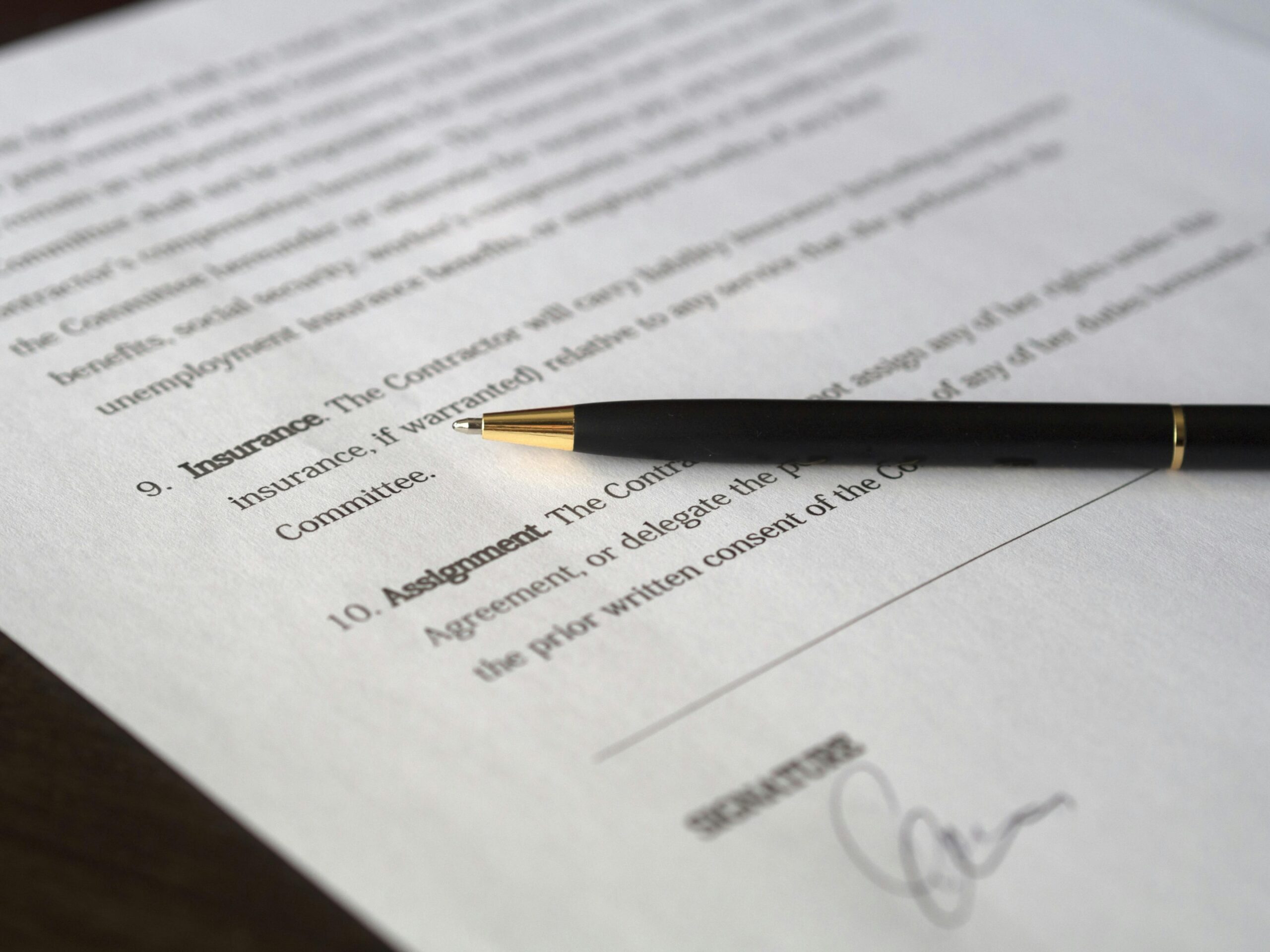
Hit by a self-driving delivery robot, who’s liable? It’s a question that’s moving from science fiction to urgent reality as autonomous vehicles, self-driving cars, and sidewalk delivery robots become common on public roads and sidewalks in places like California.
As new technology reshapes transportation and delivery, these autonomous systems bring unique challenges for liability. When a car accident or collision with a delivery robot causes injuries or property damage, how do you assign liability? Who pays? Is it the company, the manufacturer, the owner, or someone else?
This detailed guide explains how law, technology, and insurance policies intersect to answer these questions. We’ll look at real-world examples, discuss negligence, failure, and control, and help injury victims understand how to protect their rights and seek compensation if they’re hurt by a self-driving vehicle or robot.
The Rise of Autonomous Technology and Self-Driving Cars
Autonomous vehicles and fully autonomous vehicles are no longer a distant dream. Cities are seeing:
- Self-driving cars and autonomous car ride-shares
- Delivery robots that bring groceries or meals
- Testing of advanced autonomous systems on public roads
These vehicles and robots use artificial intelligence and sensors to “see” and navigate their world without a human driver at the wheel.
While they promise greater safety, fewer accidents, and less traffic congestion, they also raise tough questions about responsibility when something goes wrong.

The Liability Challenge: Who’s Responsible?
Liability in accidents has always relied on a simple idea: blame usually goes to the person in control. When cars crash, an investigation determines which driver was negligent.
But with autonomous delivery robots or self-driving cars, there may be no human at the wheel at all. This raises big legal questions:
- Who is held responsible if the robot hits a pedestrian?
- Who pays for injuries or property damage?
- How do we determine negligence when the system is making decisions?
These challenges aren’t hypothetical. Accidents have already happened during testing and commercial deployments, leading to real lawsuits in California and other states.
Real-World Example: Delivery Robot Accident
Imagine this example:
You’re walking on a sidewalk when an autonomous delivery robot rolls too fast around a corner and hits you, knocking you down. You suffer injuries, say a broken wrist and chronic pain.
You’ll need medical care, might miss work, and want to know:
- Who pays these costs?
- How do you seek compensation?
- Who’s liable?
Unlike a typical car accident, there’s no human driver to sue directly. Instead, liability may involve several parties.
Possible Liable Parties in Robot or Autonomous Vehicle Crashes
1. The Operating Company
The company that owns or deploys the delivery robot (or self-driving vehicle) may be held responsible. Under legal principles, companies must ensure their machines are safe.
- If the company failed to maintain or monitor the robot properly, it can be liable for negligence.
- If the robot’s navigation system had a known flaw, they might be blamed for failing to fix it.
2. The Manufacturer
If the accident arose from a design or manufacturing defect in the robot or vehicle, the manufacturer can be liable under product liability law.
- Product liability doesn’t require proving negligence—just that the product was defective and caused harm.
- Example: Battery failure causes a robot to malfunction.
3. Software Developers
Because artificial intelligence is key to autonomous navigation, liability can extend to the companies that built the system controlling the robot.
- If AI were poorly designed or tested, they might share responsibility.
4. The Owner
In some cases, the owner of the robot or vehicle may be held accountable, much like an owner of a dog that bites someone.
- Example: A restaurant using a delivery robot must ensure it’s operated safely.

How Negligence and Product Liability Work
People often wonder who is liable in a self-driving car accident, with little idea of how such cases work. Therefore, let’s go through the basic details that may or may not apply to negligence on the other parties. Negligence claims rely on proving that someone failed to act reasonably and caused harm:
- Did the company ignore safety warnings?
- Did they skip necessary maintenance?
- Did they deploy new technology without proper testing?
Product liability claims focus on defects:
- Design defect: The robot was inherently unsafe.
- Manufacturing defect: Errors in building the robot made it dangerous.
- Failure to warn: No instructions about safe use.
In California, product liability is a strict liability standard, meaning the manufacturer can be held responsible even without proving negligence.
Assigning Liability Is Complex
Assigning liability in these cases can be complicated. Multiple parties may share blame:
- The company deploying the robot
- The manufacturer of hardware or software
- The owner controlling operations
Investigation is crucial. Victims and their attorneys need to:
- Review logs and data from the robot
- Examine maintenance records
- Check insurance policies
- Identify all potentially liable parties
This complexity is one reason lawsuits can become challenging.
The Role of Insurance
Insurance plays a critical role in these cases. Traditional auto insurance covers cars and drivers. But what about delivery robots?
- Companies may carry commercial liability policies.
- Specialized policies may cover autonomous systems.
- Product liability insurance can cover manufacturers.
As technology advances, insurance policies will evolve to address autonomous vehicle and robot accidents. For now, victims may need help figuring out which insurance applies, who is responsible, and how to get claims paid.
California Law and Autonomous Vehicles
California leads in regulating autonomous vehicles and testing on public roads. The state requires:
- Permits for testing self-driving cars.
- Safety reports to regulators.
- Compliance with traffic laws.
However, laws around delivery robots are still evolving. Cities may set local rules about:
- Where robots can operate.
- Speed limits on sidewalks.
- Safety equipment requirements.
Because the law is still catching up to technology, liability questions can be complex and fact-specific. Moreover, incidents like falls are equally common and lead to lawsuits.
What to Do if You’re Hit by a Self-Driving Robot
If you’re an injured pedestrian or cyclist hit by an autonomous delivery robot or self-driving car, take these steps:
Get Medical Attention:
Your health is first. Even if injuries seem minor, get checked for internal injuries or head injuries.
Call 911:
Report the accident so there’s an official police report.
Document Everything:
Take photos of the robot, the scene, and your injuries. Get contact info for witnesses.
Preserve Evidence:
Don’t delete photos or records. They help prove what happened.
Get Insurance Information:
If it’s a commercial service, ask for the company’s contact details.
Consult an Attorney:
Product liability and injury claims can be complex. A lawyer can help determine who’s liable and how to seek compensation.
Protecting Injury Victims and the Public
As autonomous systems spread, it’s critical to protect injury victims and hold companies accountable for harm:
- Ensuring robots are safe before deployment.
- Requiring companies to carry insurance.
- Clarifying laws to make assigning liability easier.
Ultimately, technology should serve the public, not become a danger. Companies that profit from these tools must be held responsible for the injuries their products cause.
The Future of Liability
As technology advances, society must answer tough questions:
- How do we assign liability when there’s no driver?
- How do insurance markets adapt?
- Should manufacturers share responsibility with operators?
- How do we balance innovation with public safety?
Lawmakers, insurers, and courts are grappling with these issues. Expect continued debate and evolving lawsuits as these devices become part of everyday life.
Conclusion: Hit by a Self-Driving Delivery Robot – Who’s Liable?
Hit by a self-driving delivery robot, who’s liable? There isn’t one simple answer, but California law offers tools to protect injury victims.
Responsibility may fall on the company deploying the robot, the manufacturer, the software developer, or other parties in the chain. Investigation and legal analysis are key to figuring out who’s responsible.
If you’re hurt in an accident involving autonomous vehicles, self-driving cars, or delivery robots, you don’t have to deal with it alone.
Need Legal Guidance After an Accident Involving a Self-Driving Robot?
Contact the Bourassa Law Group today. Our experienced attorneys handle complex product liability and personal injury cases throughout California. Our car accident lawyers are here to help you understand your rights, evaluate your situation, and fight for the compensation you deserve. Reach out for a free consultation and get the dedicated legal support you need.
Talk to our personal injury lawyers





